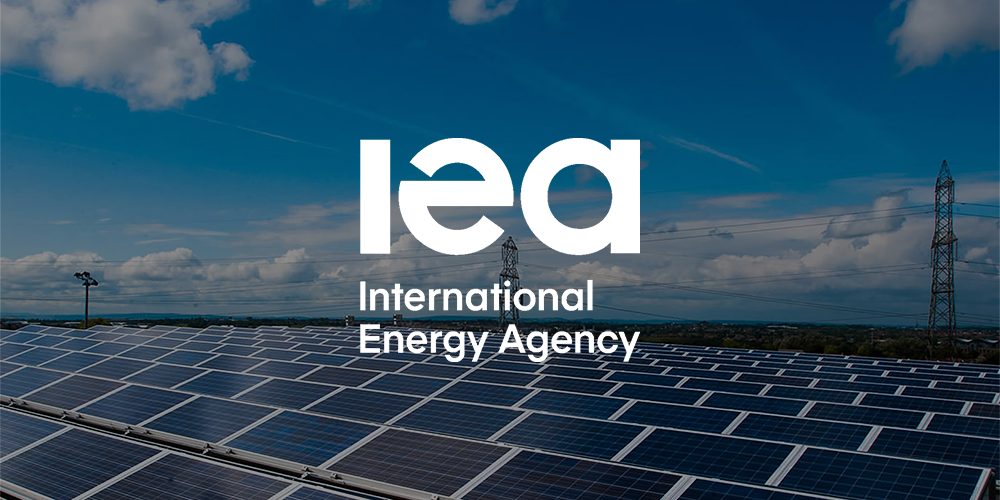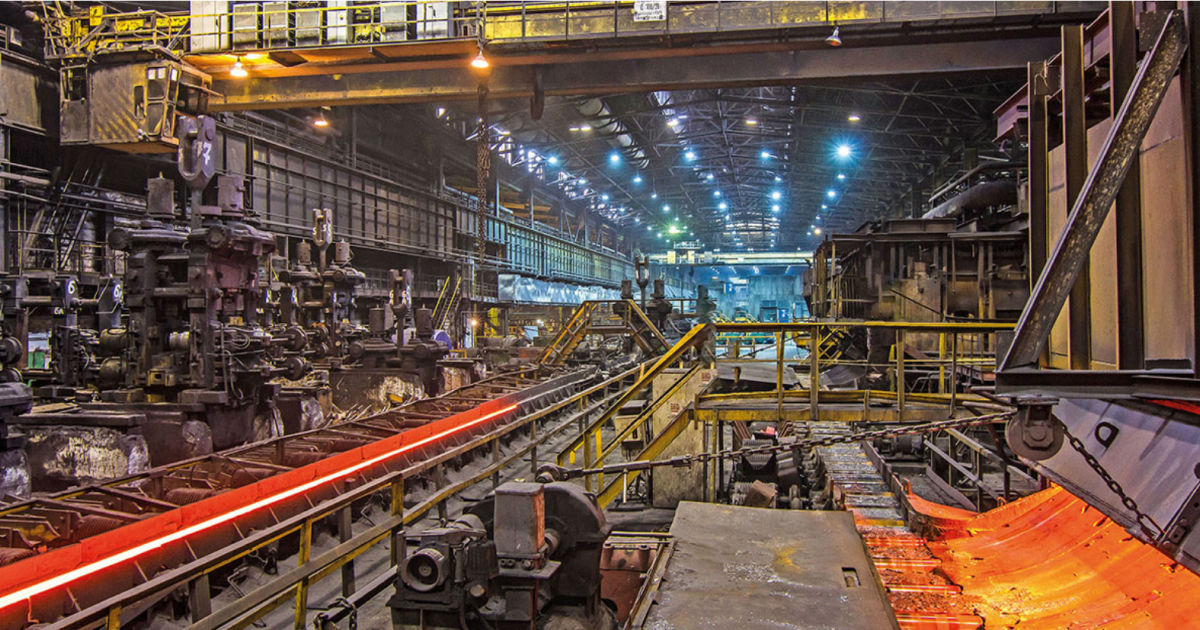
The International Energy Agency (IEA) has expressed concern about overcapacity and declining profitability in China’s photovoltaic (PV) industry. Despite its global leadership in solar energy, major Chinese manufacturers are reporting significant losses. This trend signals trouble for the sector. The IEA highlighted these issues during a webinar.
Supply and Demand Imbalance Causes Industry Strain
The imbalance between supply and demand is the core problem. It pushes China’s PV industry to its limits. Earlier this year, at the SNEC PV conference in Shanghai, GCL Group’s founder warned of an “ice age.” This “ice age” is due to overproduction. China’s vast production capacity outstrips global demand. This leaves companies with excess stock, driving unsustainable competition and falling prices. Zhejiang Akcome has already gone bankrupt due to this imbalance. The IEA predicts more closures in the coming months.
China Maintains Dominance Despite Challenges
Despite these domestic challenges, China remains the global solar leader. In 2023, China accounted for over 50% of new global solar power capacity. Worldwide, new installations totaled 456GW. Chinese manufacturers hold significant market share across the PV supply chain. In 2023, China’s share in polysilicon, crystalline silicon wafers, solar cells, and PV modules reached 92%, 98%, 92%, and 85%, respectively.
Global Production Shifts and EU Response
As global PV capacity demand grows, countries like the EU and the US seek to reduce reliance on Chinese solar imports. In 2023, the EU installed over 56GW of solar capacity. The European Union aims to scale up domestic production. The Net-Zero Industry Act targets EU production of 40% of strategic net-zero technologies, including solar panels, by 2030. This marks a shift from the current production capacity of less than 5GW annually. The EU plans to expand to 30GW per year by 2030.
Navigating a Changing PV Landscape
China faces overcapacity and profitability losses. Meanwhile, the global solar market shifts. The EU’s efforts to boost domestic solar manufacturing reduce dependency on China. Despite China’s PV production dominance, the global market will likely see more regional diversification. Supply chains will adjust to meet growing demand. SuperMetalPrice reports that this shift in the PV landscape will cause significant fluctuations in demand for various materials used in the solar industry, including rare earth metals, silicon, and aluminum.











Leave a Reply
You must be logged in to post a comment.